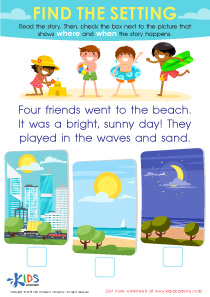Color recognition Easy Worksheets for Ages 5-8
38 filtered results
-
From - To
Discover our engaging Color Recognition Easy Worksheets, specially designed for children ages 5-8! These fun and interactive resources make learning about colors enjoyable and effective. Each worksheet is crafted to enhance cognitive development, improve visual discrimination, and reinforce color identification skills. With colorful illustrations and simple activities, young learners can explore colors through a variety of exercises including matching, coloring, and identifying objects. Perfect for homeschooling, early education, or supplemental practice, our worksheets are user-friendly and ready to print, making them an ideal addition to any learning environment. Start your child's colorful learning journey today!
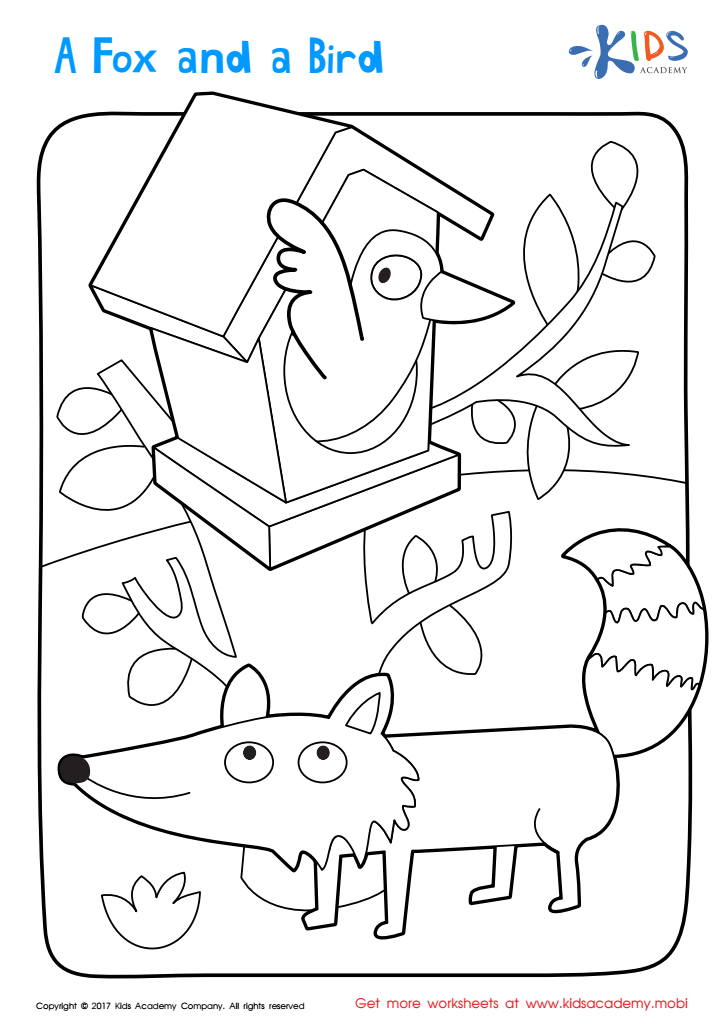

A Fox and Bird Coloring Page


Red and Blue Coloring Fun Worksheet
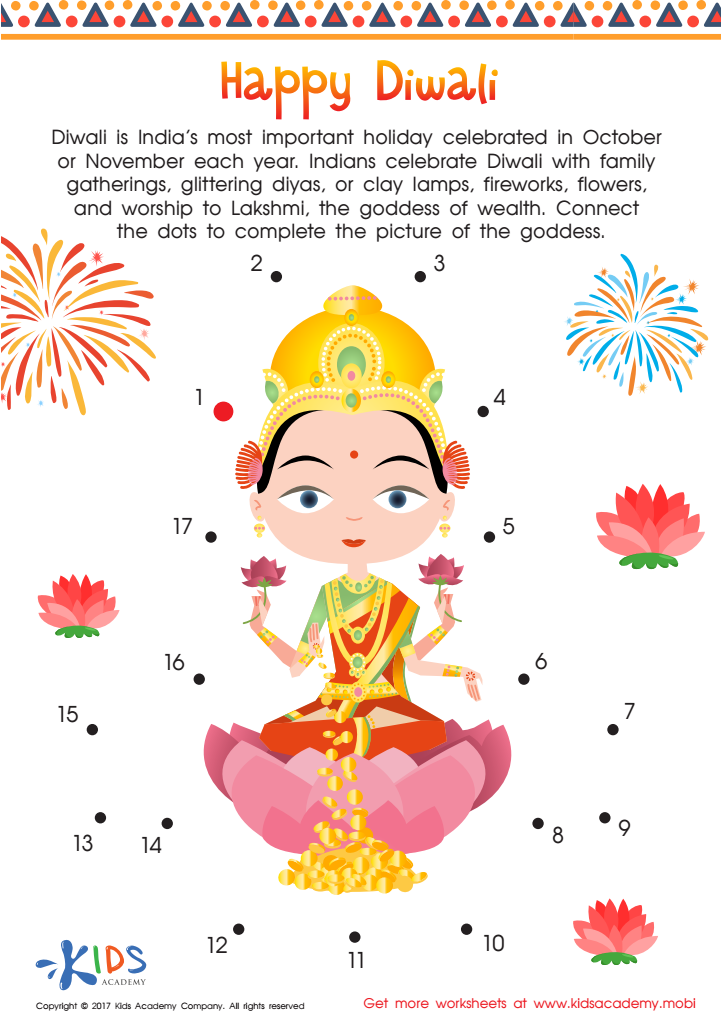

Happy Diwali Printable


Yellow and Green Coloring Fun Worksheet
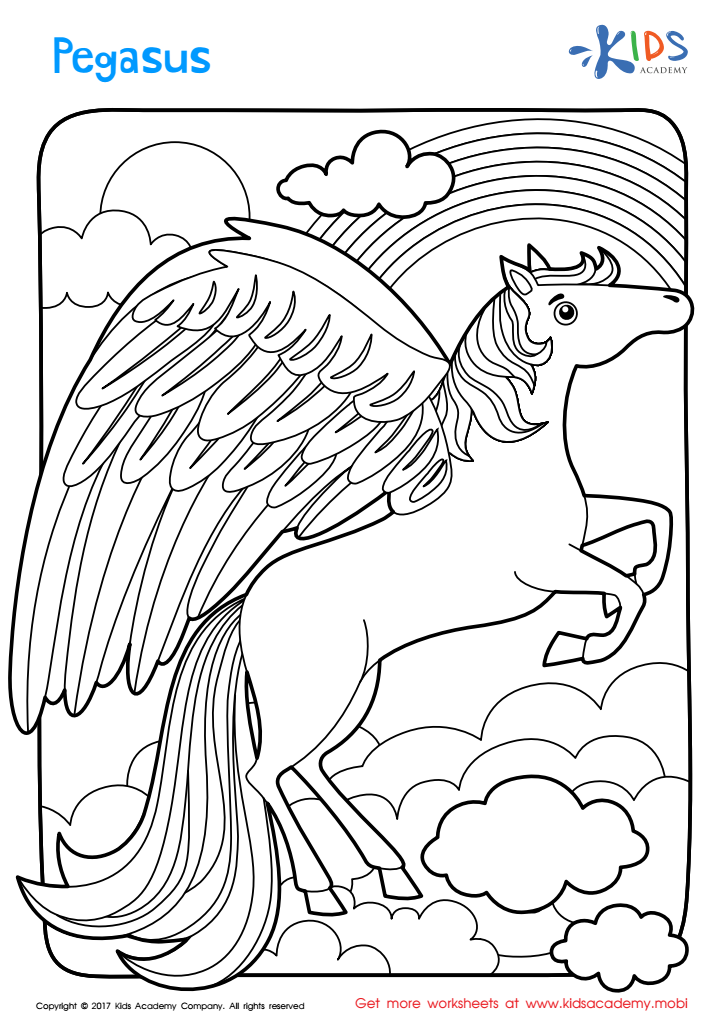

Pegasus Printable
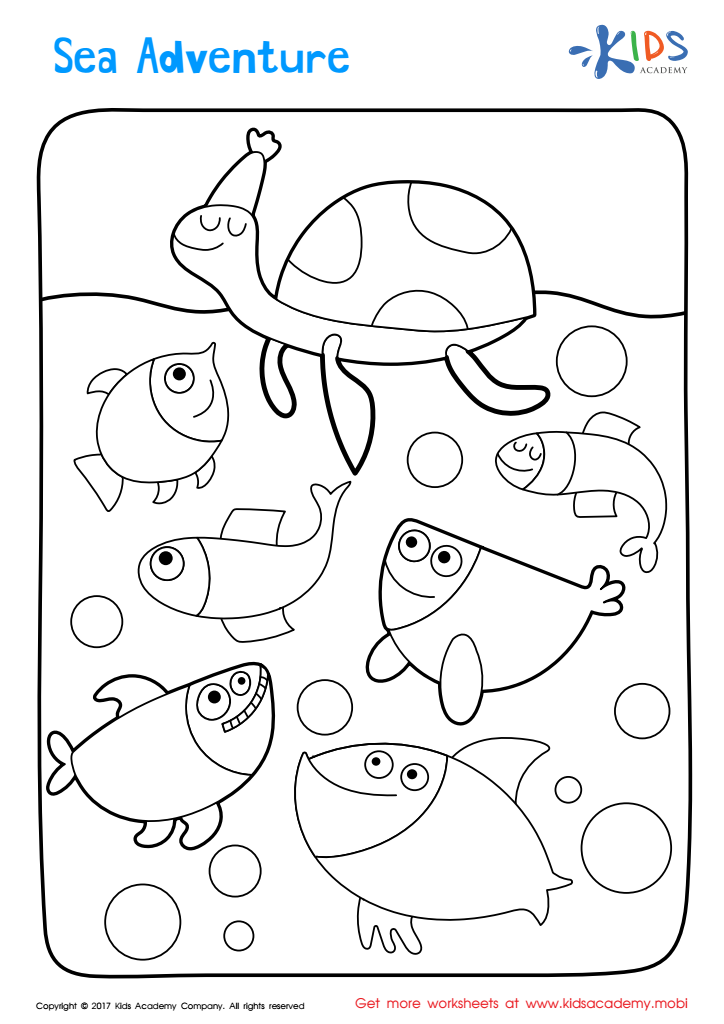

Sea Adventure Coloring Page
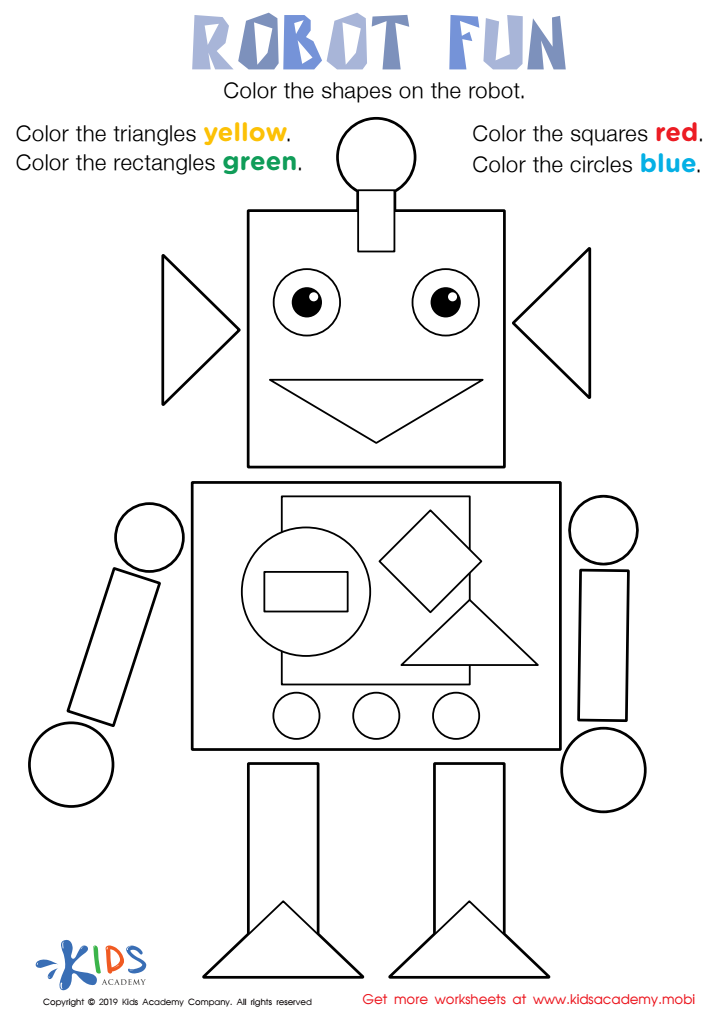

Robot Fun Worksheet


Little Blue Belle Worksheet
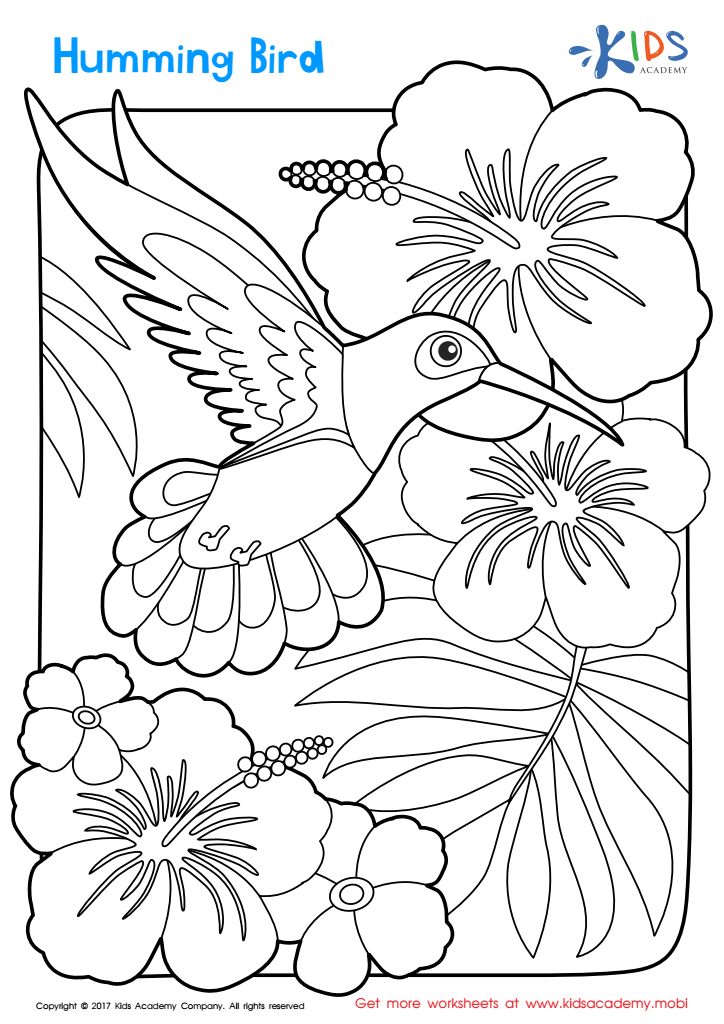

Humming Bird Worksheet


Fruity Array Quest Worksheet
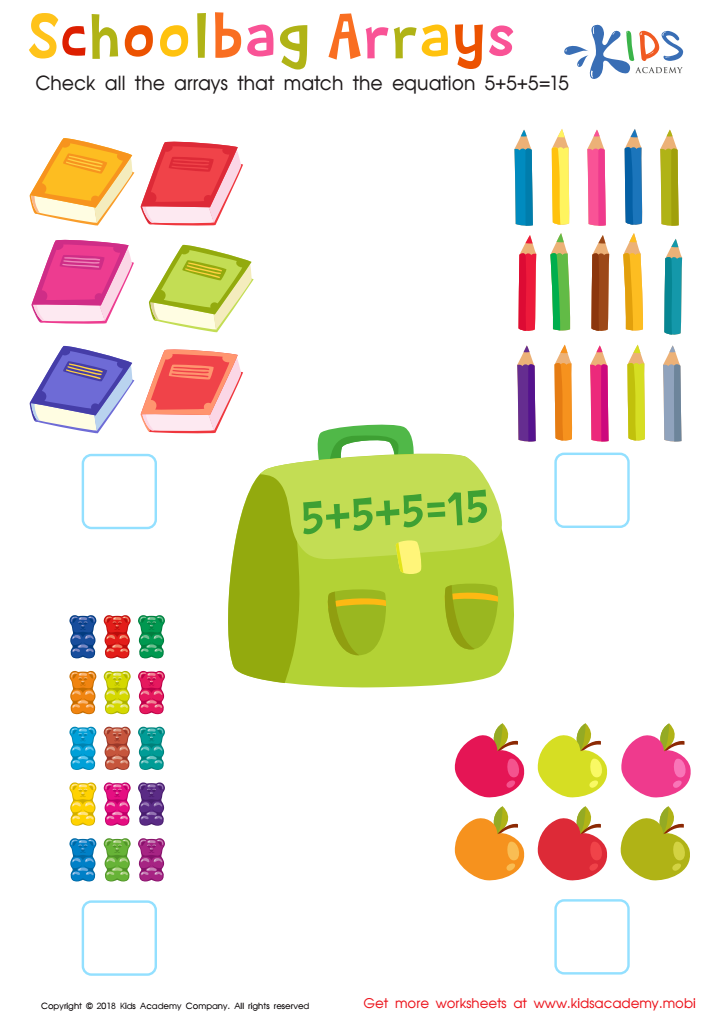

Schoolbag Arrays Worksheet


Baby Pandas Worksheet


Party Arrays Worksheet
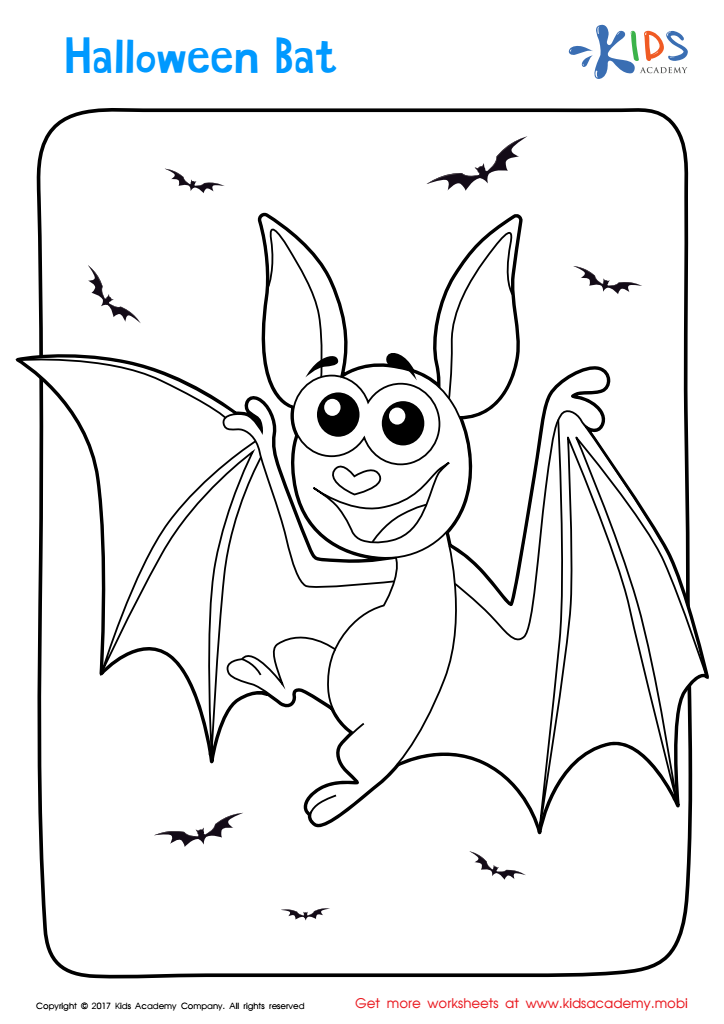

Halloween: A Bat Printable
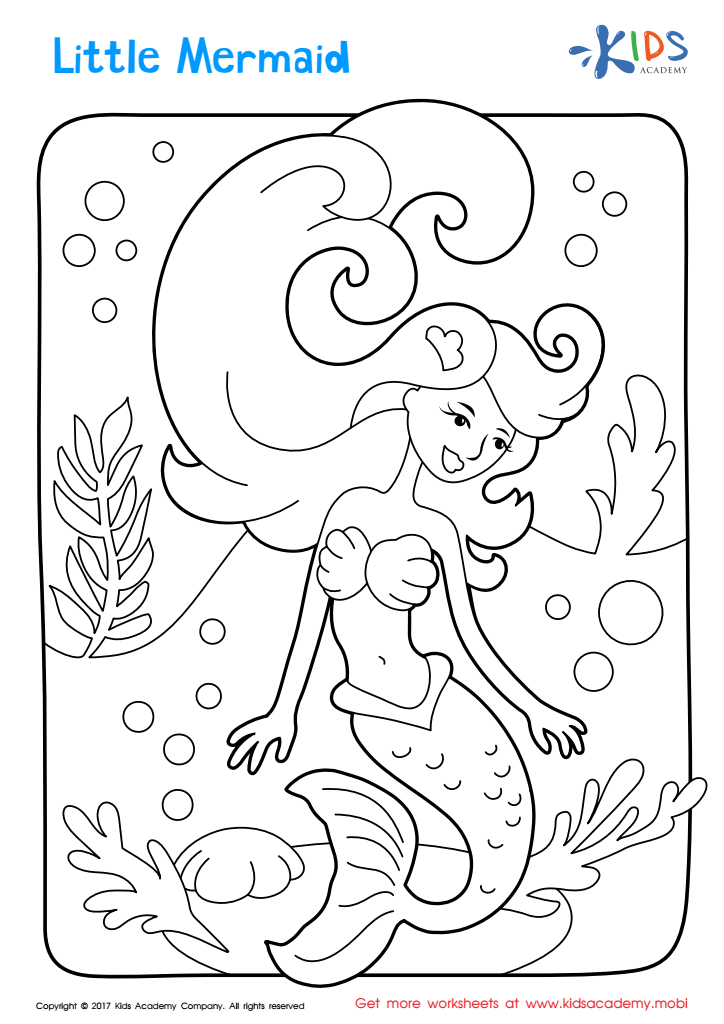

Little Mermaid Coloring Page


Purple and Orange Coloring Fun Worksheet
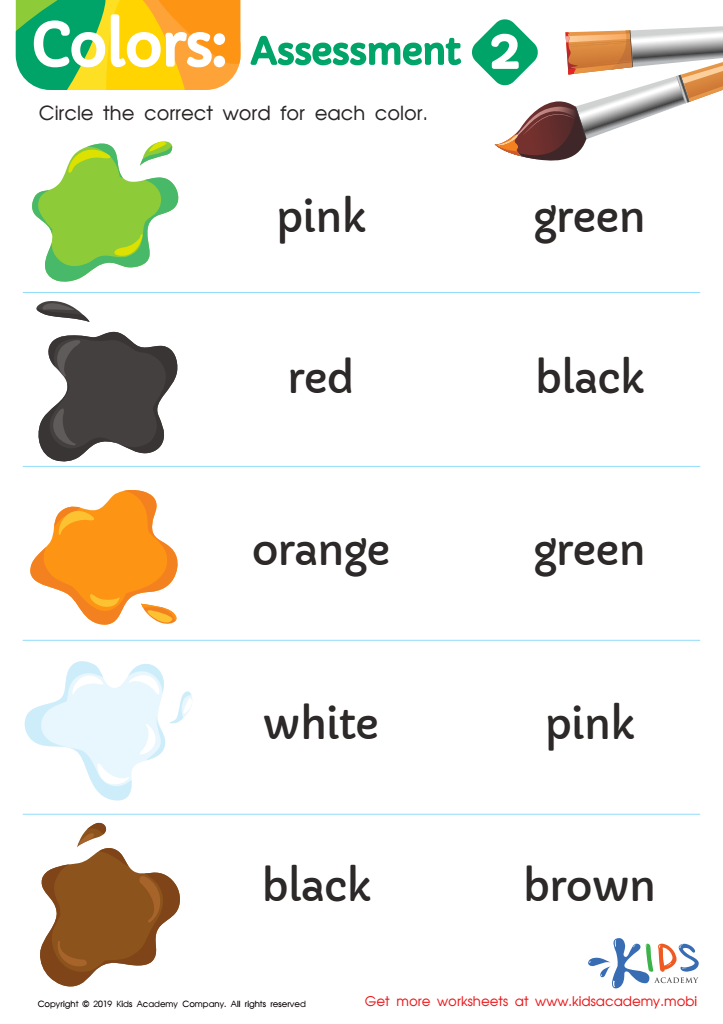

Colors: Assessment 2 Worksheet


Colors: Assessment 1 Worksheet
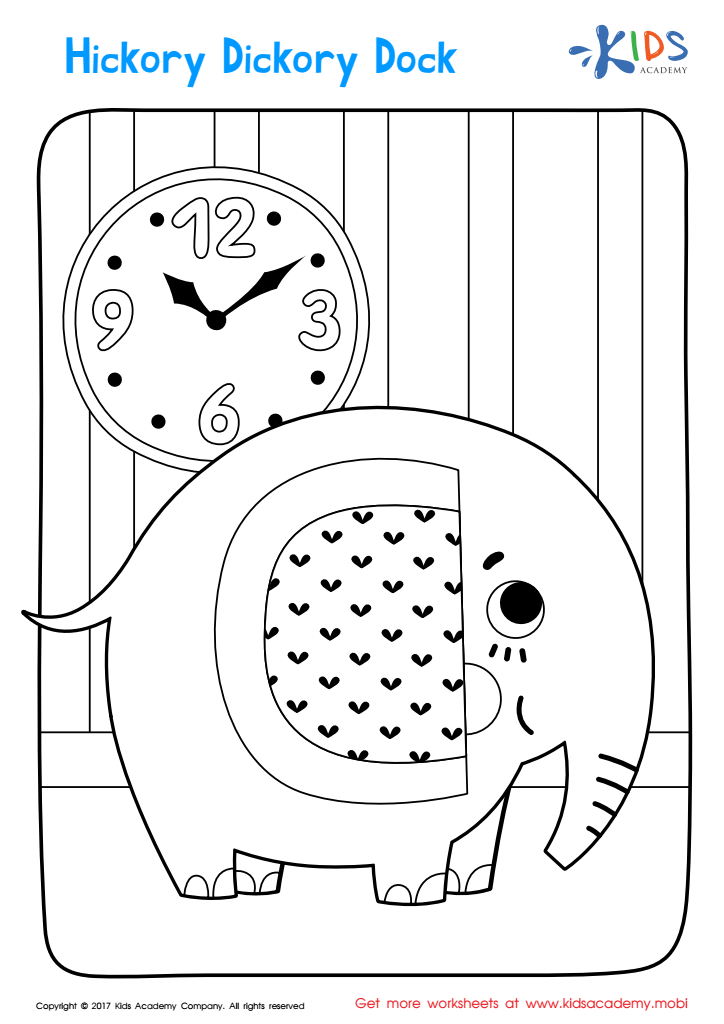

Hickory Dickory Dock Coloring Page
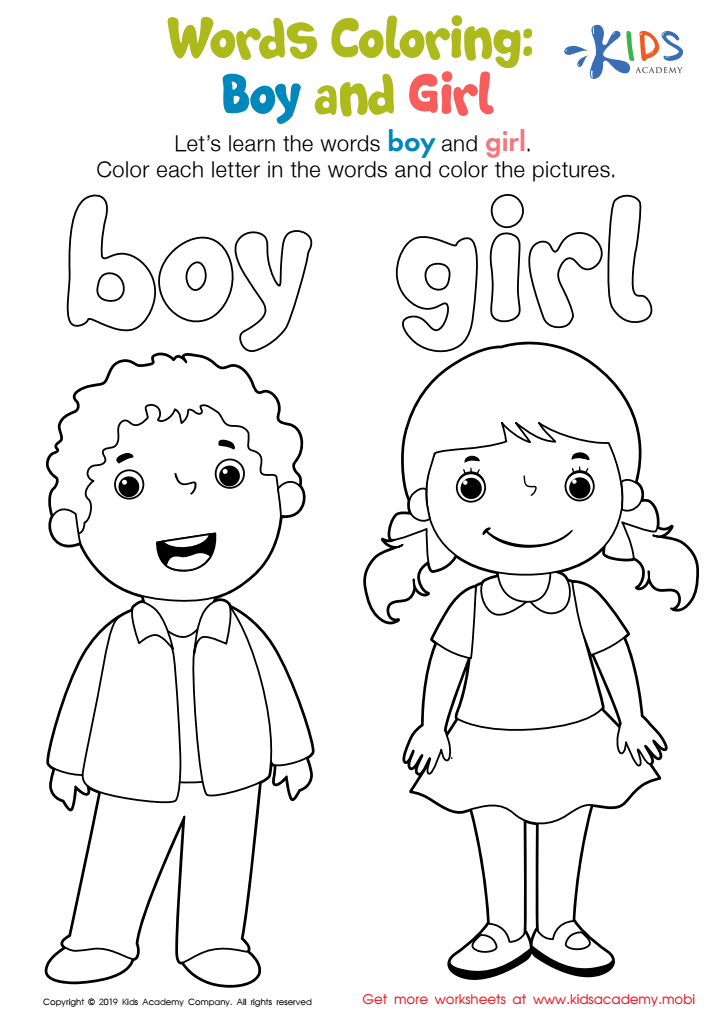

Boy and Girl Words Coloring Worksheet
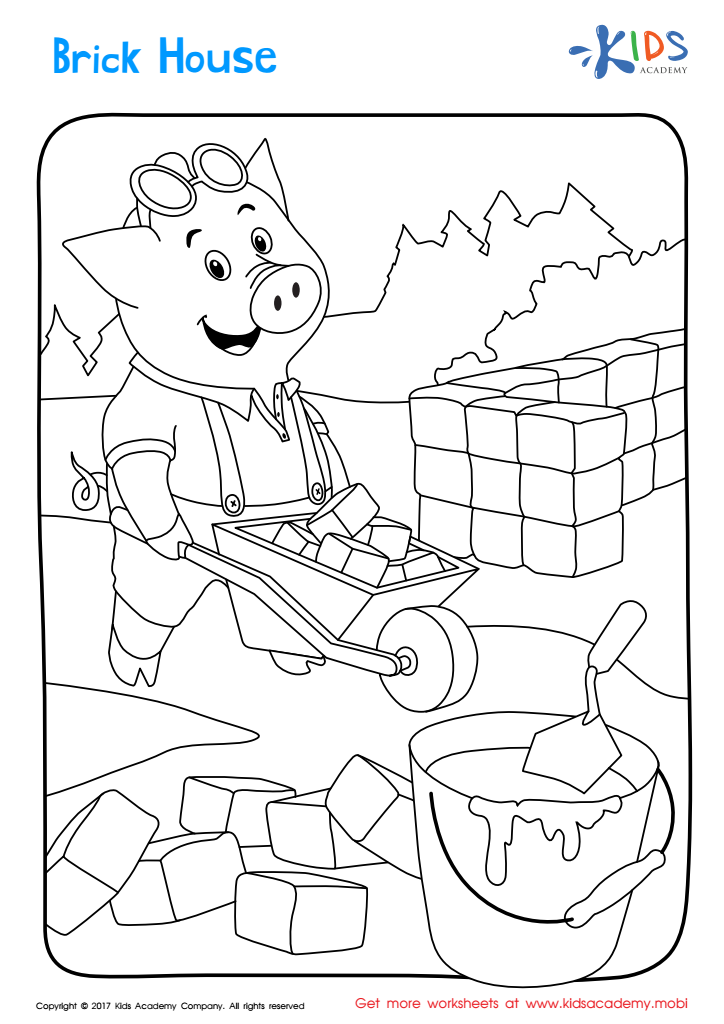

Brick House Printable Coloring Page
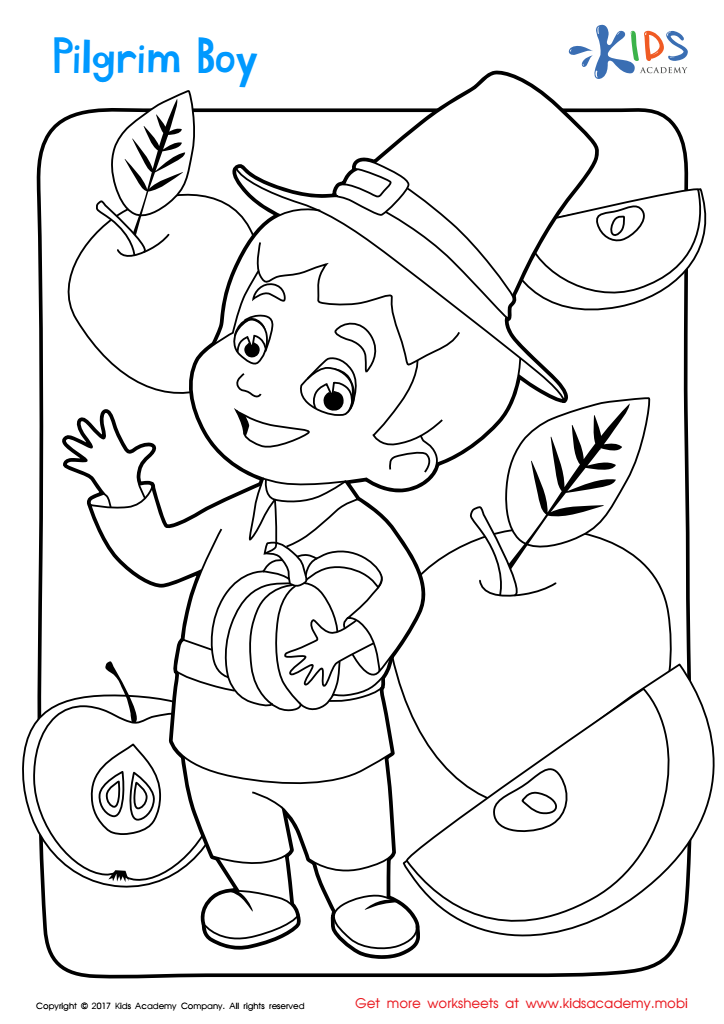

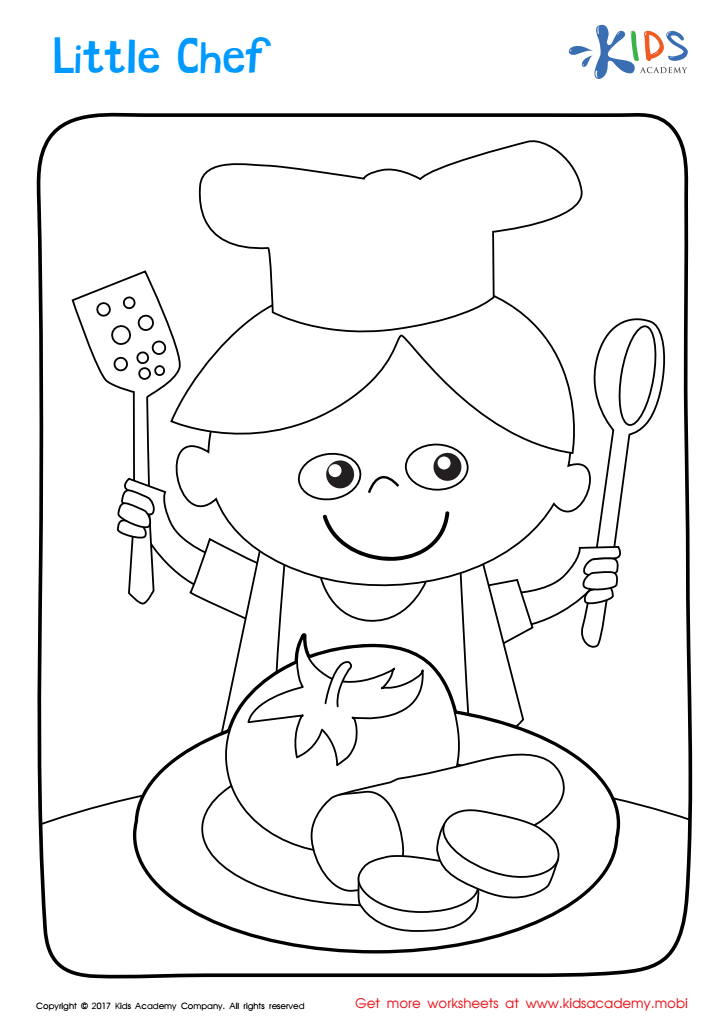

Little Chef Coloring Page
Color recognition is a vital skill for children aged 5-8 for several reasons. First, it is foundational for cognitive development and helps to enhance a child’s observational skills. Identifying and naming colors lays the groundwork for language development, as children learn to articulate their thoughts and experiences more effectively.
Moreover, mastery of color recognition plays an important role in emotional and social development. Through colors, children can express feelings and moods, engage in creative play, and communicate with peers. For instance, identifying favorite colors can lead to discussions about preferences and identities, aiding in social interaction.
In educational settings, color recognition links closely with numerous subjects, including art, science, and even mathematics. Children often use colors to categorization and patterns, critical components of early math skills. This foundational knowledge supports more complex learning in the future.
An understanding of colors enriches daily experiences, from selecting clothing to engaging in arts and crafts. Teachers and parents should nurture this skill through interactive activities like coloring, sorting, and games, fostering both learning and creativity. Encouraging color recognition not only aids in academic growth but also in developing a child’s sense of individuality and expression.
 Assign to My Students
Assign to My Students













